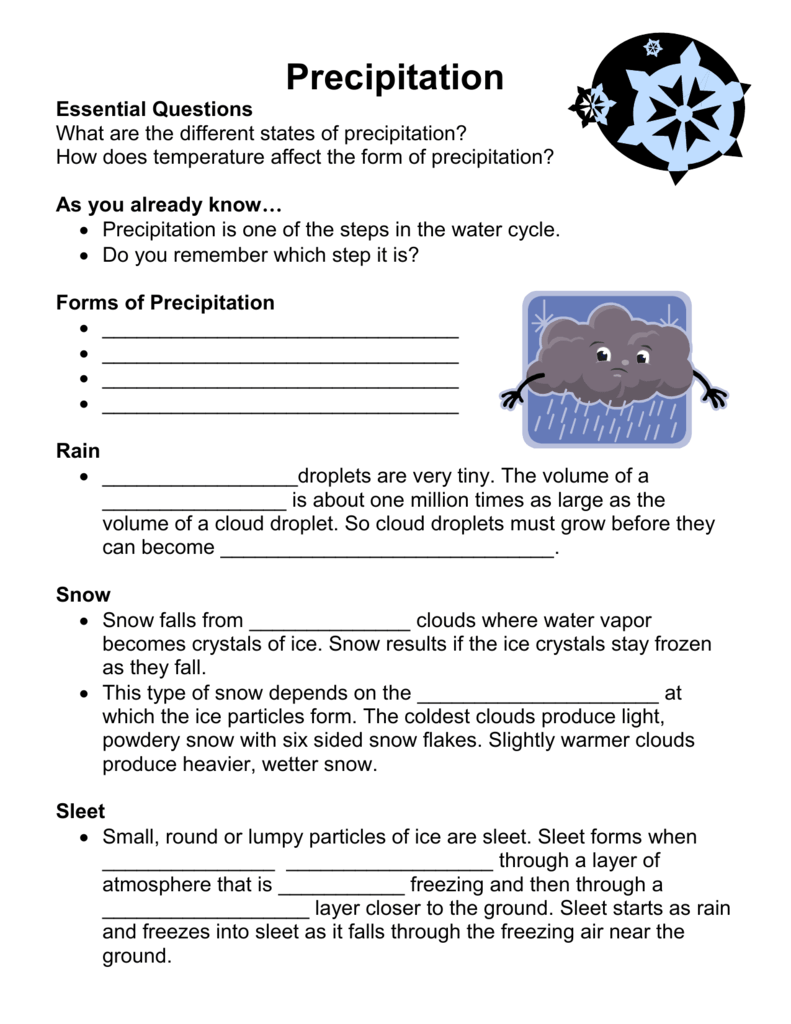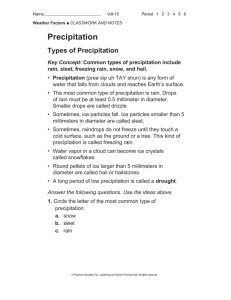
A list called the activity series does the same thing the periodic table does for halogens: it lists the elements that will replace elements below them in single-replacement reactions. This is partly because there are so many elements that can form cations an element in one column on the periodic table may replace another element nearby, or it may not. However, when replacing the cations, the trends are not as straightforward.

A typical characteristic of a single-replacement reaction is that there is one element as a reactant and another element as a product. Here the negatively charged ion changes from chloride to fluoride. Another example of a single-replacement reaction is: The hydrogen atoms in HCl are replaced by Zn atoms, and in the process a new element-hydrogen-is formed. Is an example of a single-replacement reaction. Here we will begin our study of certain types of chemical reactions that allow us to predict what the products of the reaction will be.Ī single-replacement reaction is a chemical reaction in which one element is substituted for another element in a compound, generating a new element and a new compound as products. Up to now, we have presented chemical reactions as a topic, but we have not discussed how the products of a chemical reaction can be predicted.

Use the periodic table, an activity series, or solubility rules to predict whether single-replacement reactions or double-replacement reactions will occur.Recognize chemical reactions as single-replacement reactions and double-replacement reactions.


 0 kommentar(er)
0 kommentar(er)
